

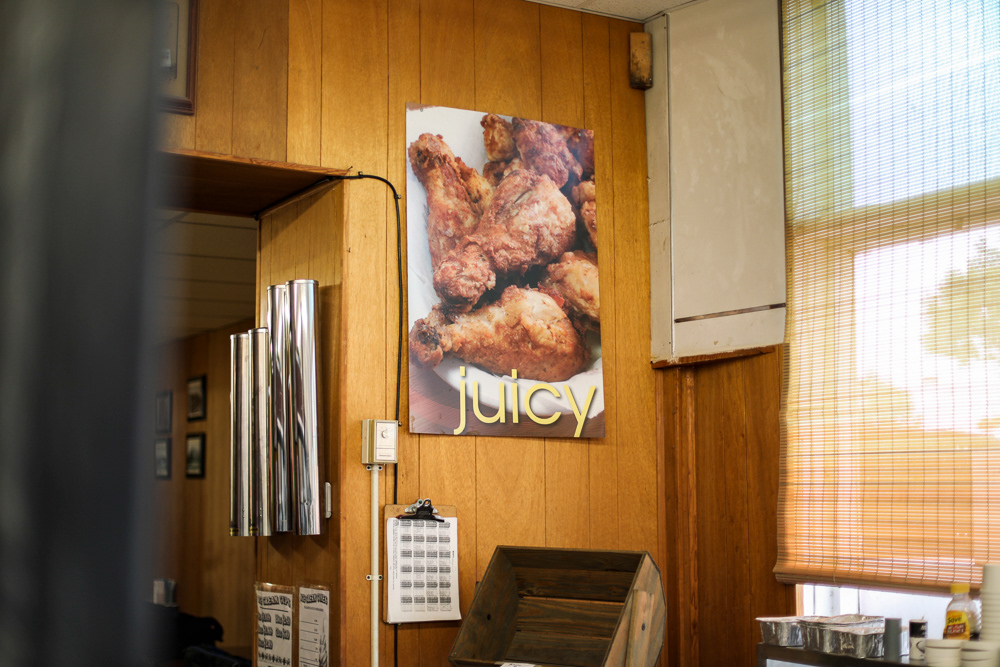
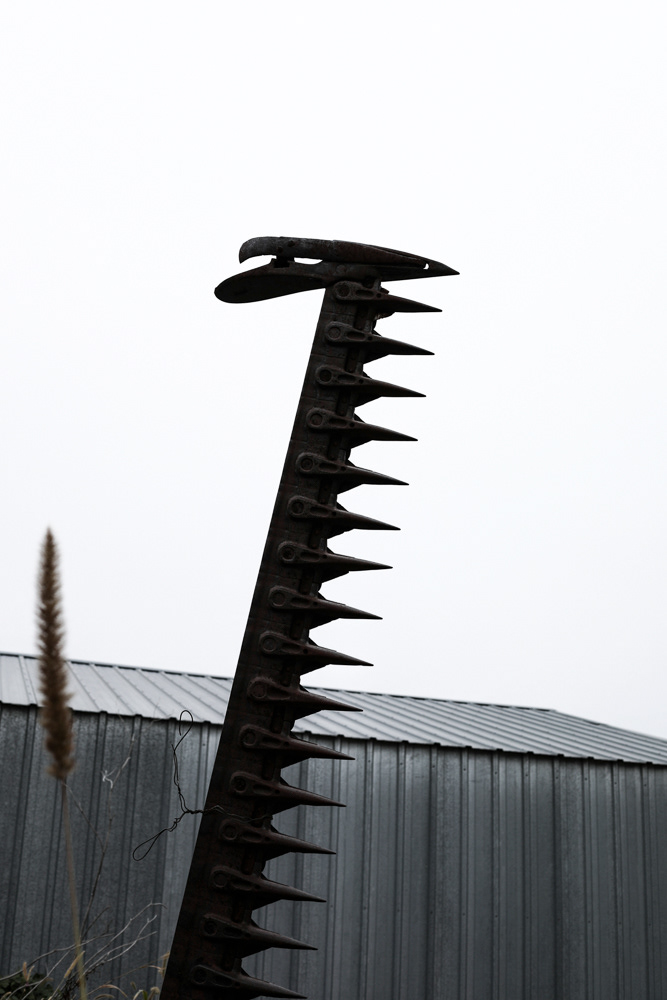

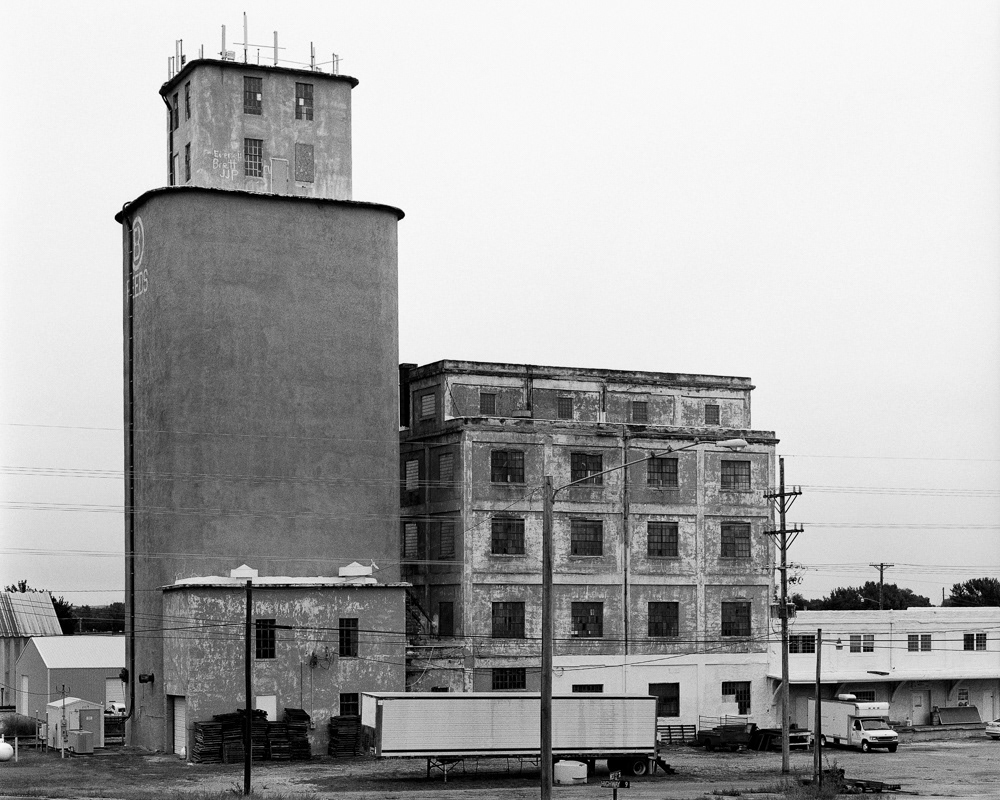

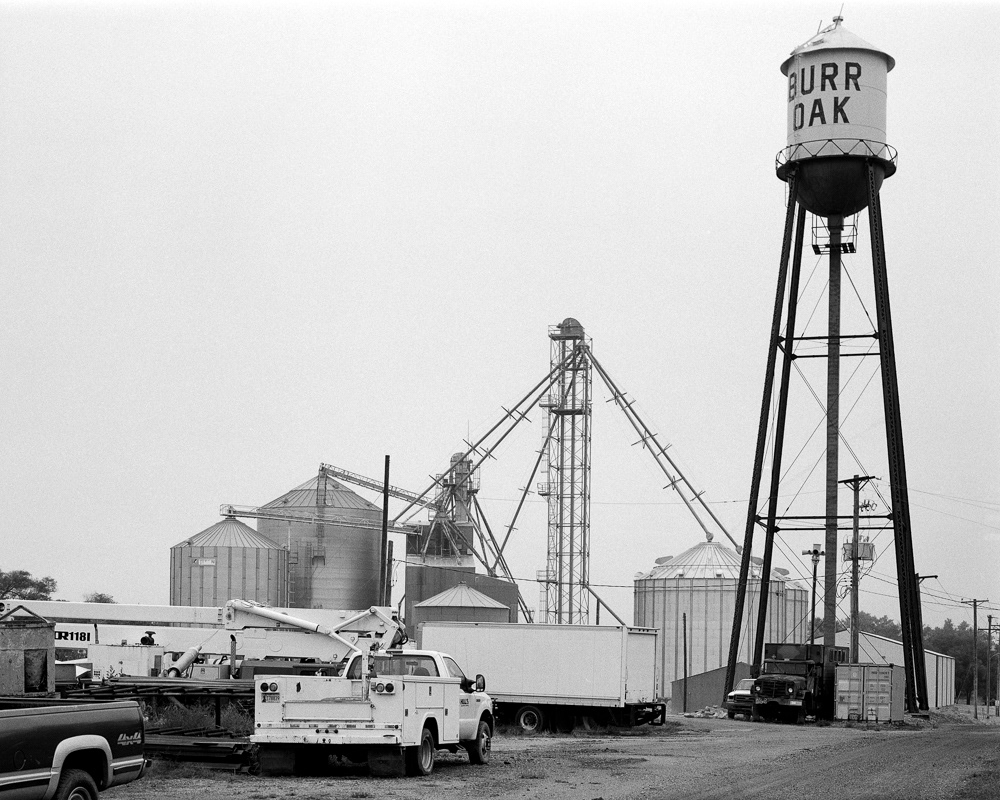



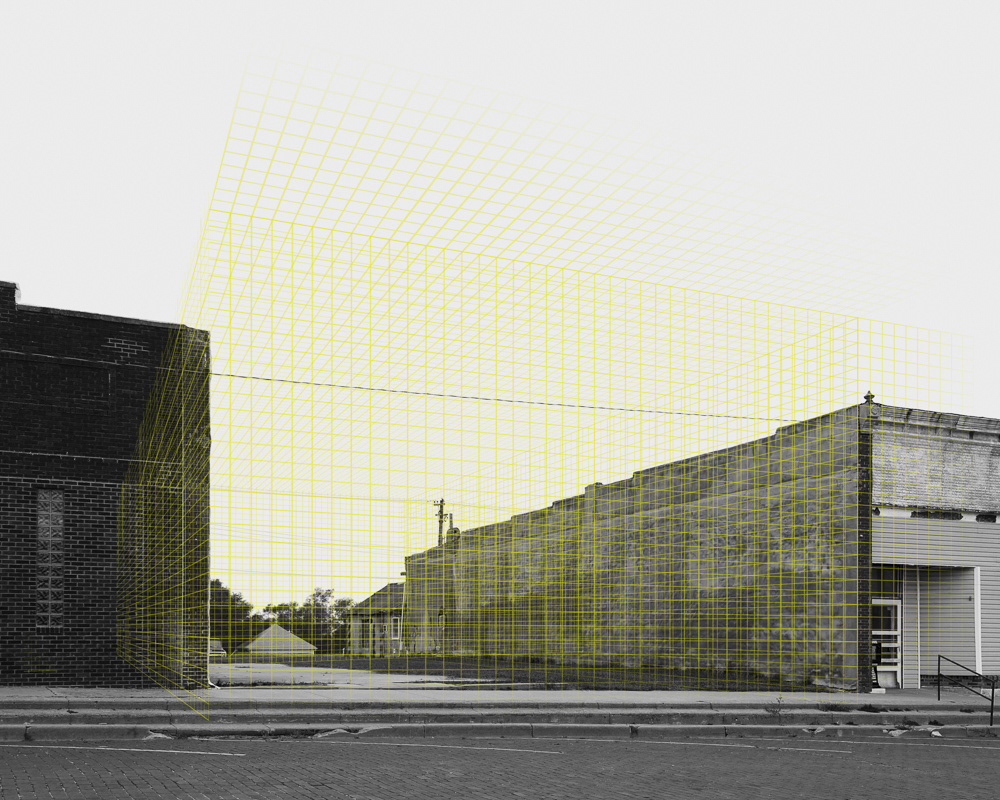

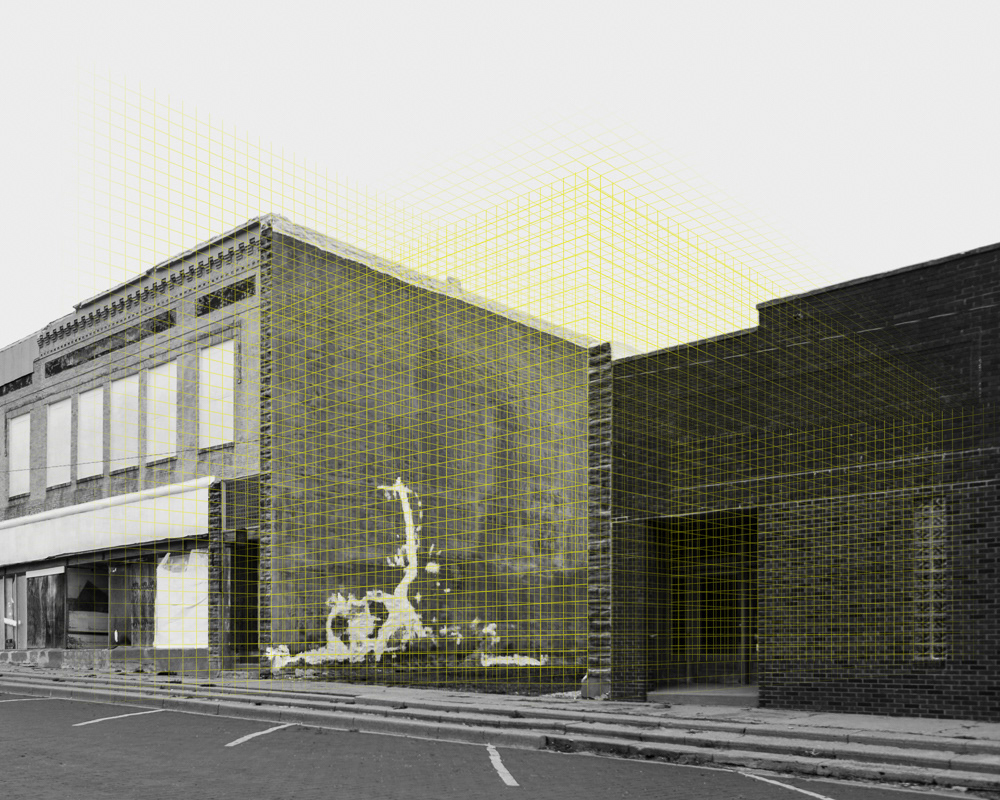
ARTIST STATEMENT:
Prior to the Hungry Heartland Project, I had some knowledge about food deserts and food insecurity, but only to the extent of their definitions. I knew there had to be some food deserts in the Midwest, but I had no idea how many and how close to home they really were.
After starting research for the project, one of the several articles I read was specifically about food insecurity in rural America. In the article the author gave an account about seeing an older man riding a child’s bike with grocery sacks on both sides of the handlebars on a deserted highway. The man was riding on the shoulder of the road, 4 miles from the closest town. This mental picture really stuck with me for the entirety of this project and put food insecurity into perspective. Having to trek for miles for a human necessity when the need probably isn’t even to a quality that should be eaten, is a very surreal and frightening thought.
When thinking of the Midwest, one of the few things that comes to mind is agriculture. Corn, wheat, soy beans, cows, chickens, pigs, it’s all food. Endless stretches of land dedicated to food and a vast amount of product is transported and processed daily. Ironically, once being called the breadbasket of the world, there is food all over Kansas, but out of reach to those closest to it. I find this disheartening and one of the things I tried to capture in my imagery.
During the two days the crew and I spent in Northern Kansas, I spent a lot of the time on the road and in very small towns documenting the atmosphere of food insecurity in Northeastern Kansas, grain silos and the potential for food distributors in places it lacks. My interest in photography is capturing an emotional atmosphere evoked from a place, objects, architecture or people, or a combination of them. What do I feel and sense in a space and how can I make that the subject in a series of images?
This trip was the most impactful part of this project for me. Being in these places that are struggling with food insecurity and seeing the conditions of the towns and the spaces that are providing food or could be is something that has stuck with me. It was a very humbling experience and also frustrating at times. Some of the struggles I faced were the weather and shooting a large format camera with a medium format back. The weather was cold and rainy but made for great photos, so I guess it was a blessing in disguise and I was somewhat shooting blindly with the medium format back.
I believe we all put a great project together and hopefully it will see as many eyes as possible, bringing awareness to the situation and ultimately a positive solution. I hope the Hungry Heartland Project continues to grow and something I can still be a part of moving forward
